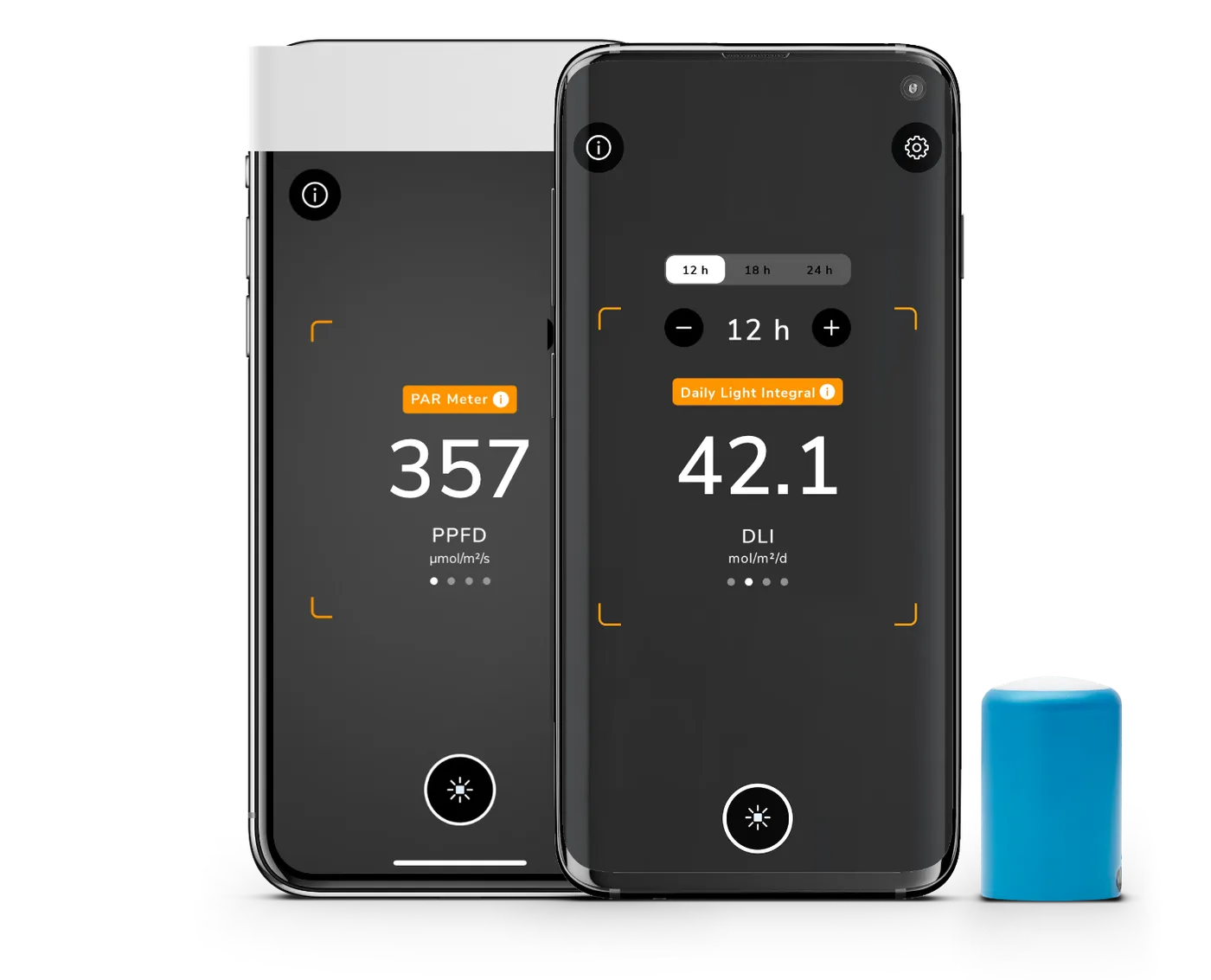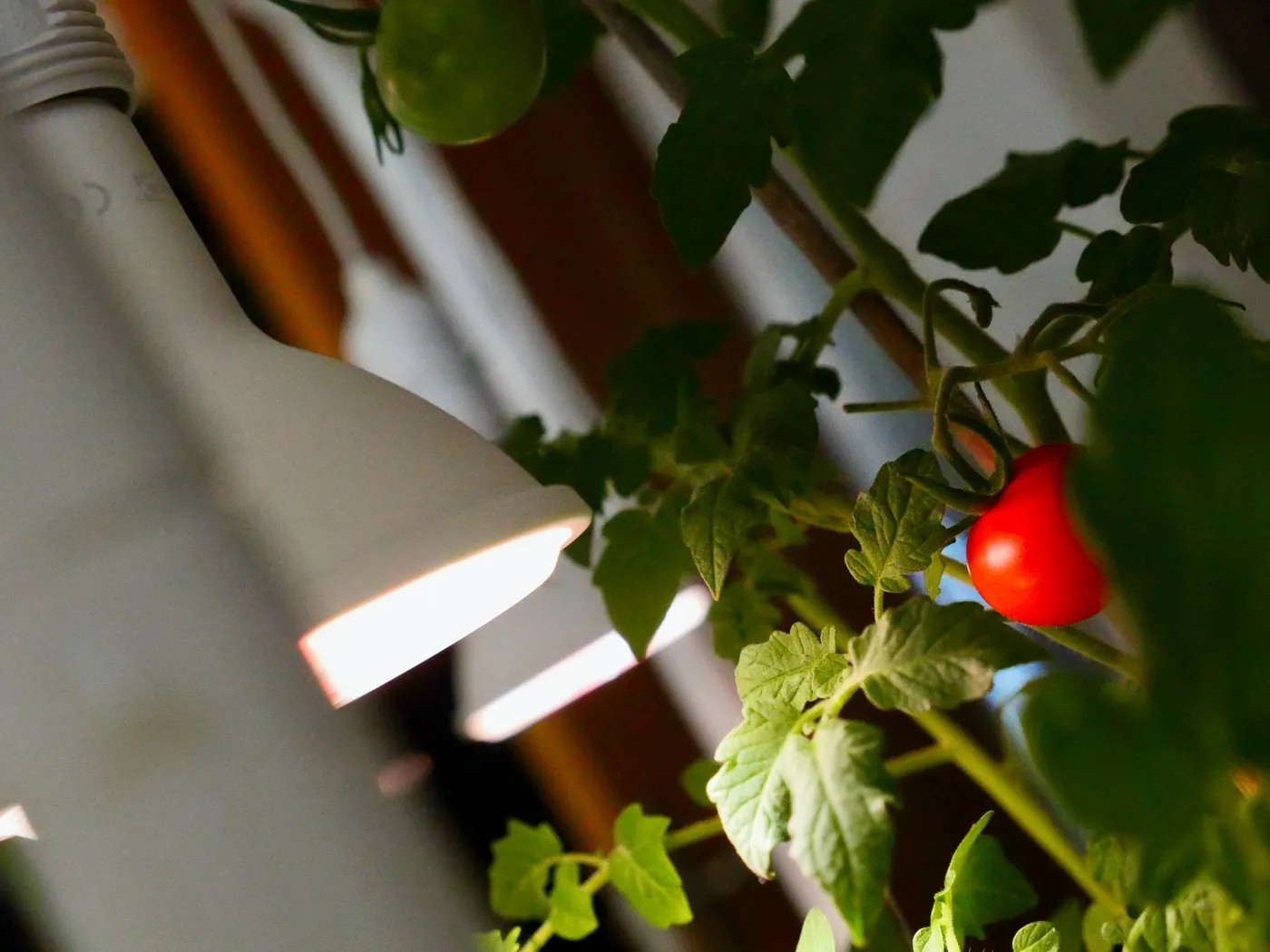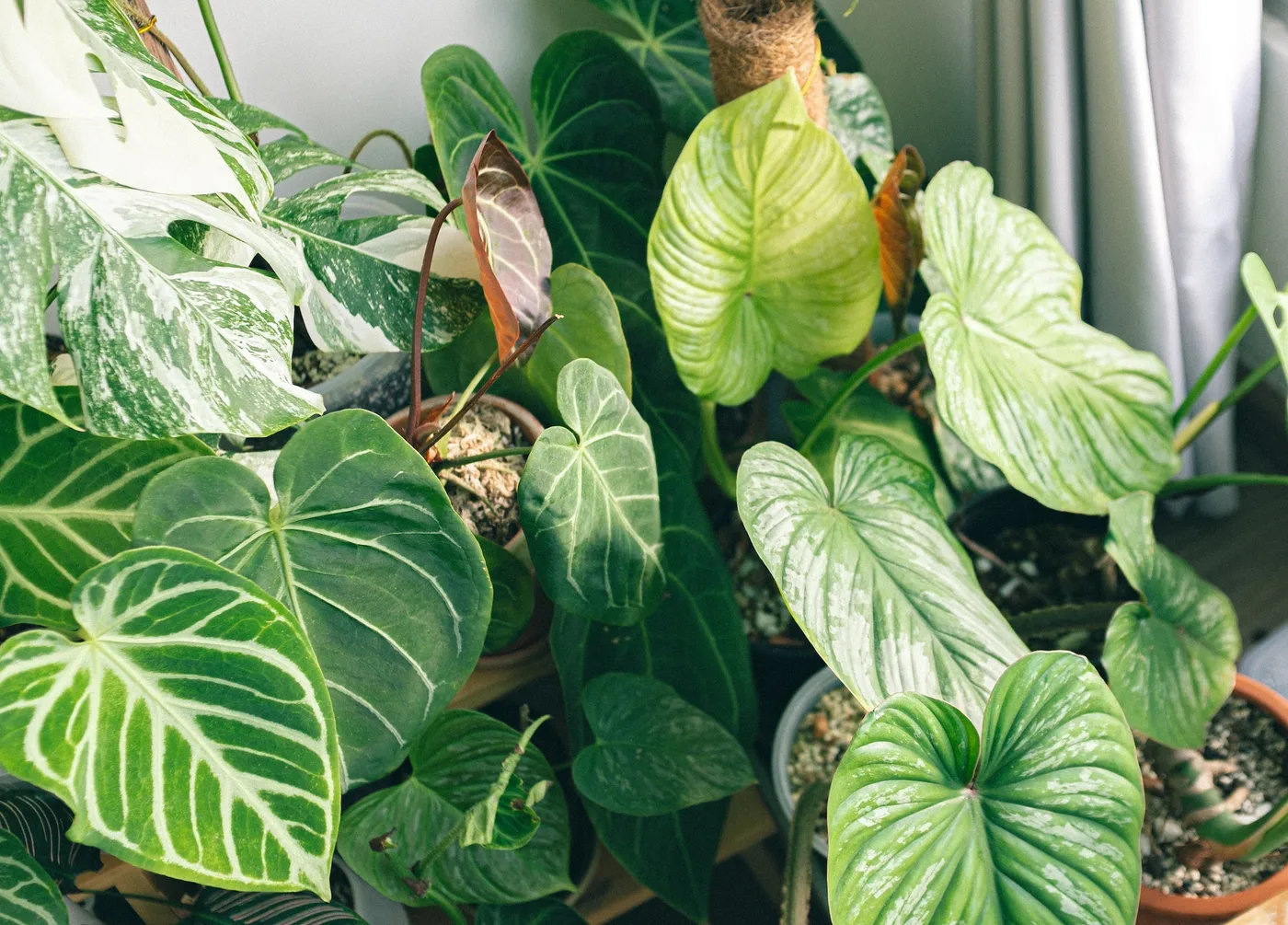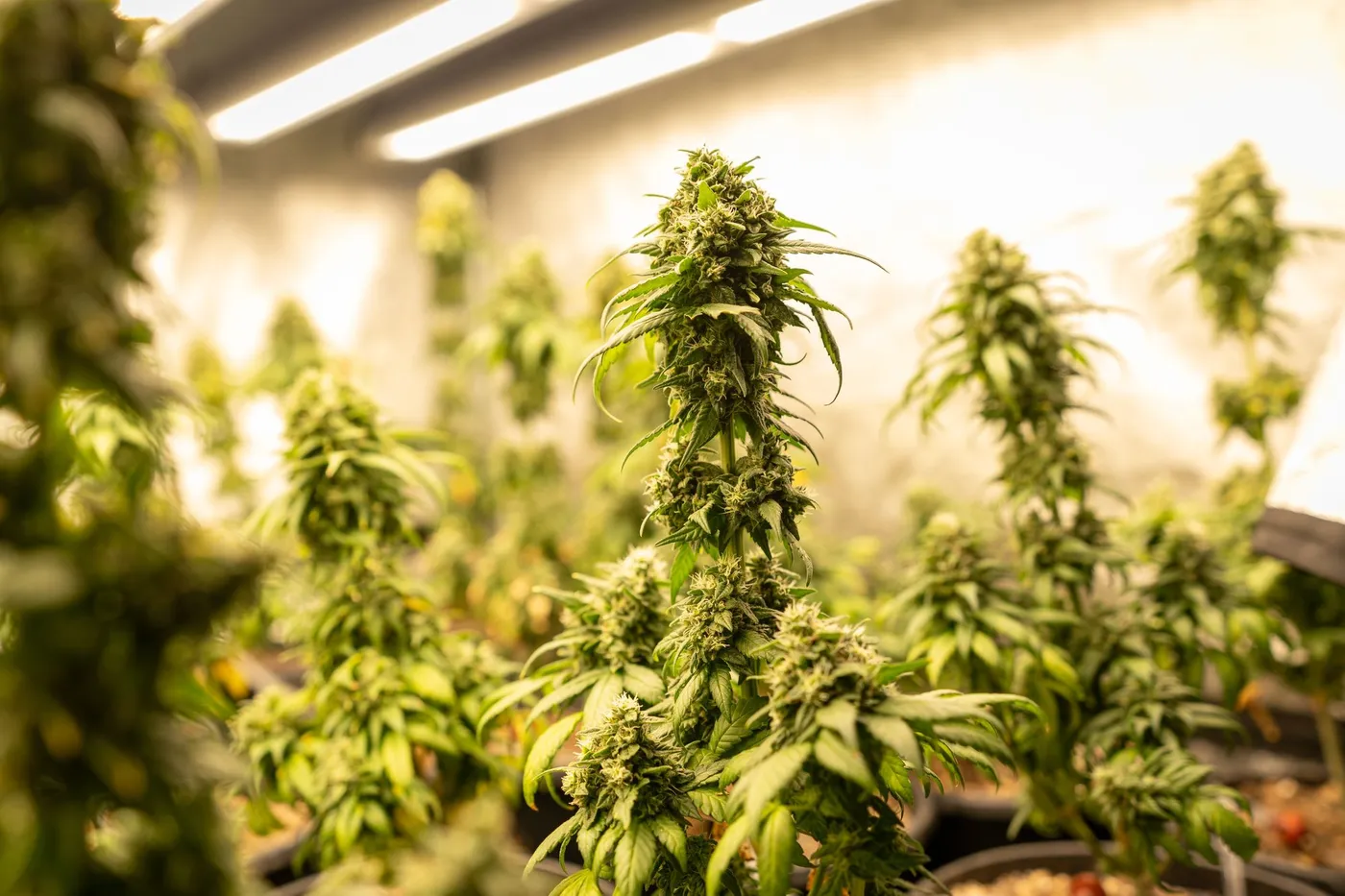
Auto-Translate
Along with air and water, light is one of the most significant driving factors of photosynthesis, the process that ultimately defines plant growth and health.
What Light Plants Need
What we know as “light” is actually electromagnetic radiation of different wavelengths that are visible with our eyes. The wavelength determines the light’s color. White (or natural) light consists of all colors of the rainbow combined 🌈.
Plants perceive and use light quite differently from humans. While our eyes are most sensitive to green light, plants primarily utilize red and blue wavelengths for photosynthesis. Chlorophyll, the primary pigment in plants, absorbs light most efficiently in the red and blue portions of the spectrum. Reddish light is crucial for flowering and fruiting, whilst bluish light promotes leafy growth and compact plant structure. Greenish light is largely reflected by plants – this is why most plant leaves appear green.
To understand plant lighting, we need to familiarize ourselves with a few key concepts:
- Photosynthetically Active Radiation (PAR): The range of light wavelengths that plants use for photosynthesis (400 – 700 nm).
- Photosynthetic Photon Flux Density (PPFD): The measure of PAR that actually reaches your plants, measured in μmol/m²/s.
- Daily Light Integral (DLI): The total amount of PAR received by a plant in a 24-hour period, measured in mol/m²/day.
Unlike illuminance (measured in lux or foot-candles), which is based on human eye sensitivity, these metrics are specifically tailored to plant needs. For more detailed information on these measurements, check out this article:

Why You Need To Measure Light
You might wonder why we can't simply eyeball if a plant is receiving the right amount of light, as we often do for watering needs by simply sticking our finger into the soil. The issue is that our eyes adapt to ambient light by constantly opening or closing the pupils. This makes it impossible to accurately gauge light intensity. For example, a well-lit indoor room has about 300 lux, while full sunshine or a high-power grow light can reach 120,000 lux – a 400-fold difference that our eyes adjust to seamlessly without us taking notice!
Relying solely on manufacturer instructions to adjust your lamp's placement and power doesn't do it either. Those instructions probably don't account for your specific environment that may use reflective walls or multiple grow lights. Factors that significantly alter the light intensity received by plants. Additionally, a lamp’s radiant power diminishes over its lifetime, affecting light levels. This is why regular measurement and adjustment are crucial for maintaining optimal growing conditions.
For more information on grow light maintenance, check out this blog article:
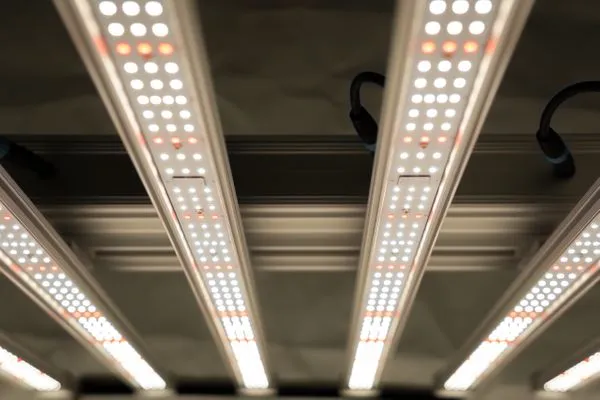
How Much Light Does Your Plant Need
Light requirements vary based on several factors. Different plant species have different light needs, and your growth goals – whether you're simply keeping a plant alive or aiming to maximize yield – require different light levels. The stage of plant growth also matters; seedlings, vegetative growth, and flowering stages all have varying light requirements.
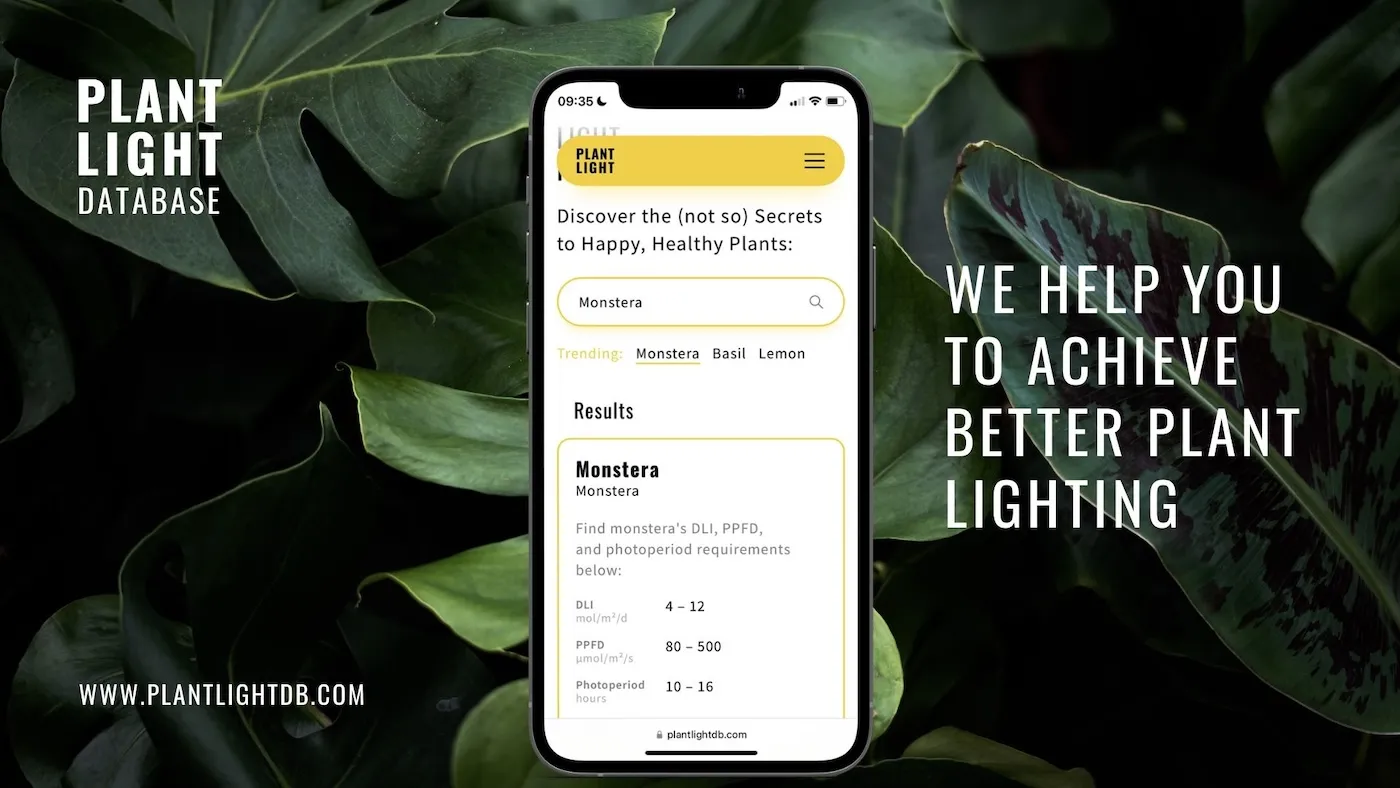
To determine your plant's specific needs, you can use online resources like the plant light database or download the Photone app to discover guides for specific plant types (e.g. medical cannabis, houseplants, coral reefs).
Ready to Take Measurements?
Now that you understand what to measure and why it's important, you should go ahead and download the Photone app (for free).
Remember, optimal lighting is key to healthy, thriving plants. With Photone and this knowledge, you're well-equipped to provide your plants with the light they need to flourish.

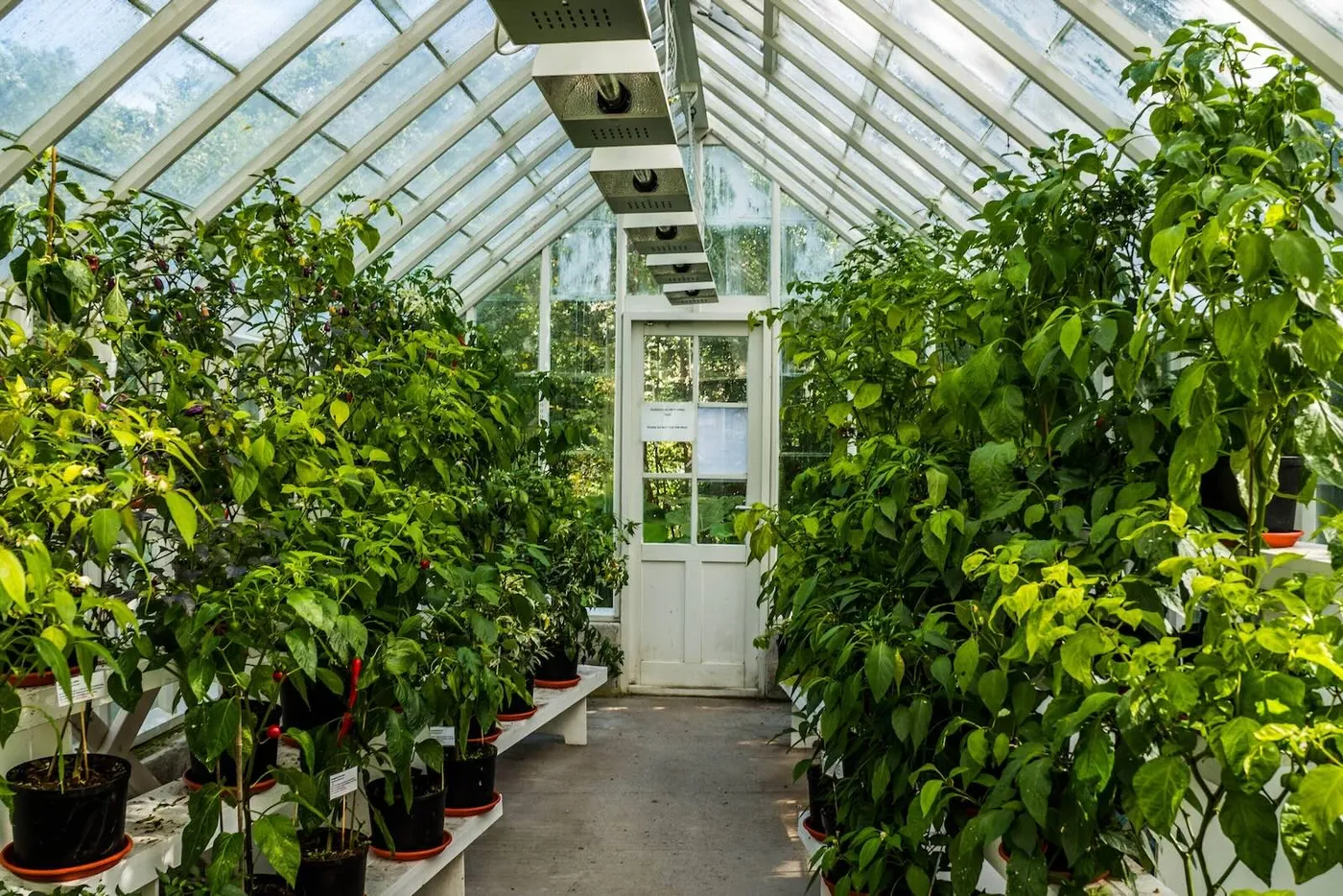
 Share This
Share This





